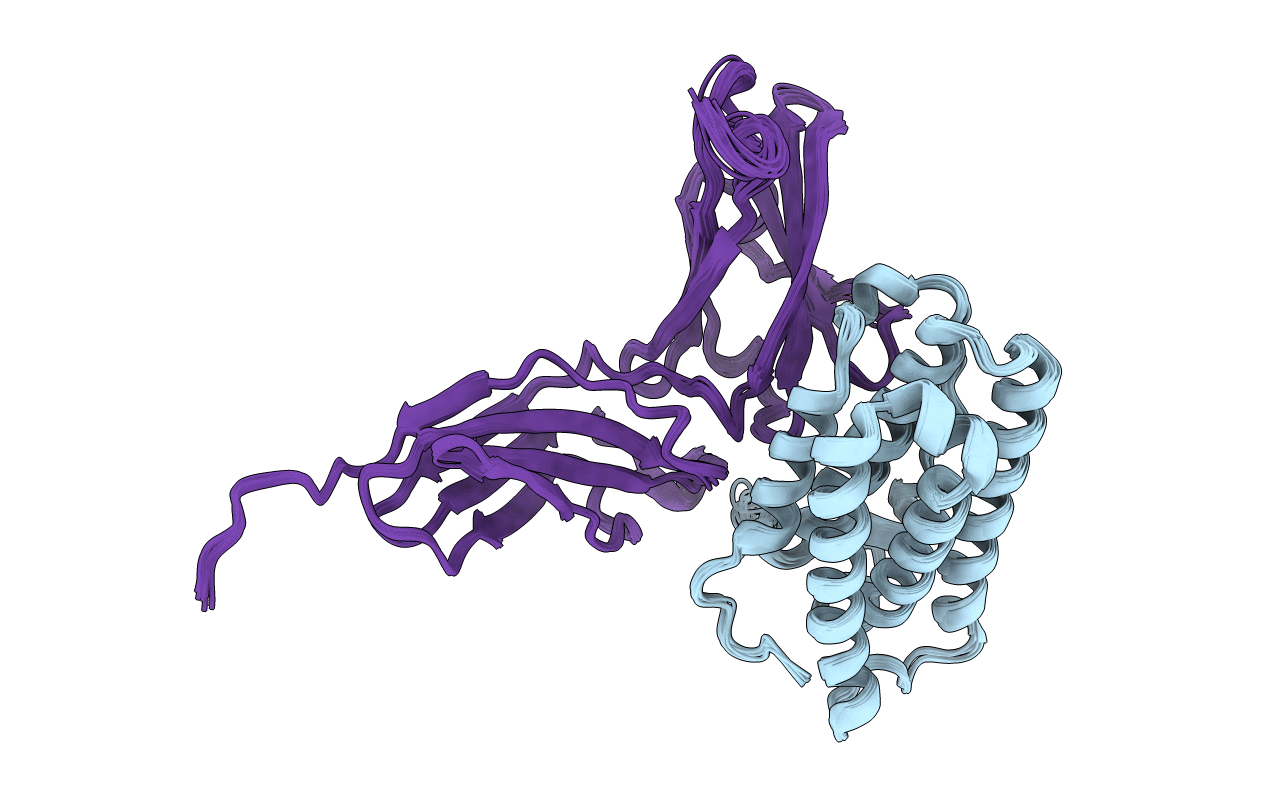
Deposition Date
2011-03-13
Release Date
2011-08-17
Last Version Date
2024-10-30
Entry Detail
PDB ID:
2LAG
Keywords:
Title:
Structure of the 44 kDa complex of interferon-alpha2 with the extracellular part of IFNAR2 obtained by 2D-double difference NOESY
Biological Source:
Source Organism:
Homo sapiens (Taxon ID: 9606)
Host Organism:
Method Details:
Experimental Method:
Conformers Calculated:
200
Conformers Submitted:
10
Selection Criteria:
structures with the lowest energy


